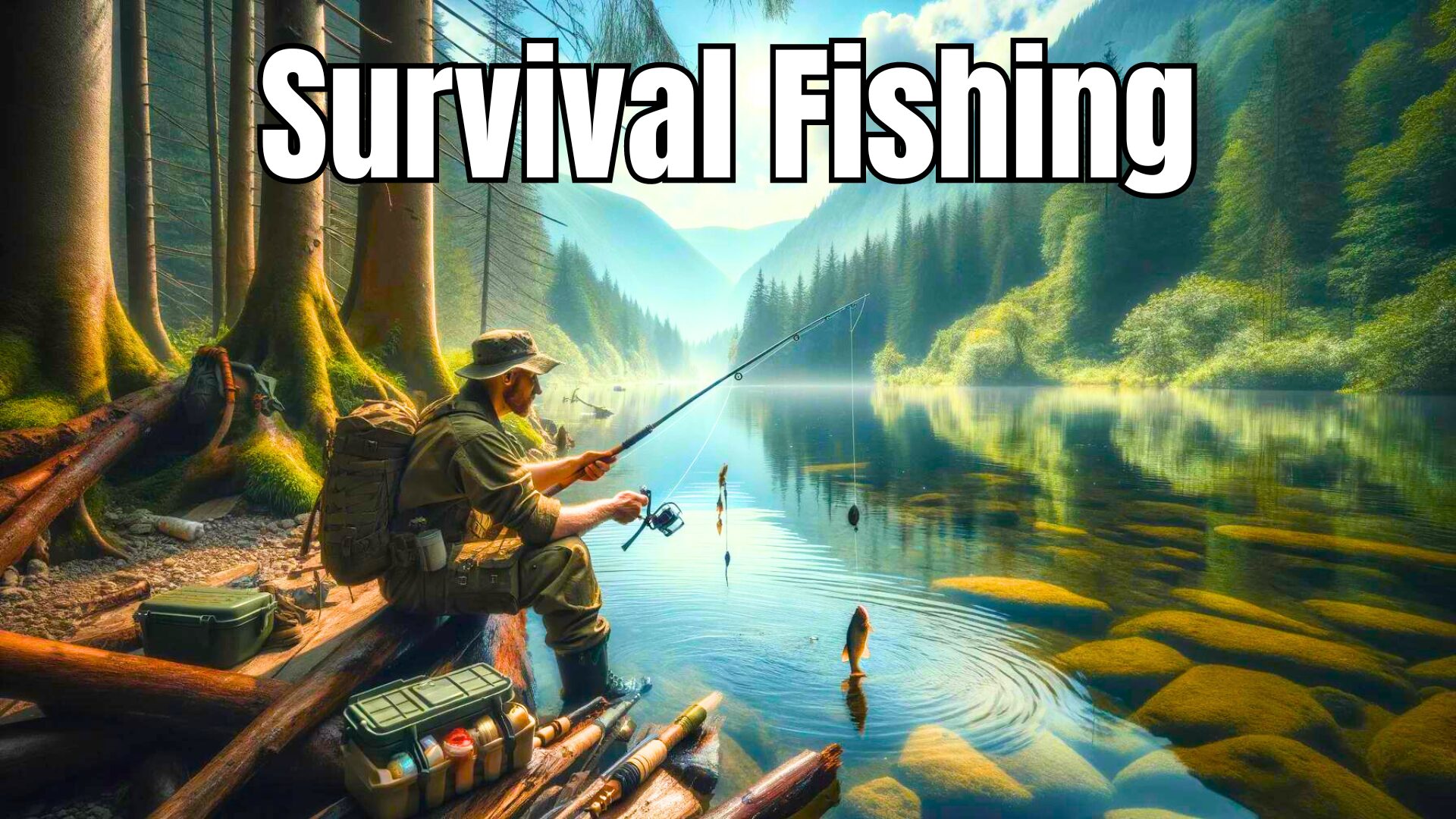In the quest for survival, the ability to procure food from nature is invaluable, particularly through fishing.
This article delves into various survival fishing techniques, equipping you with the knowledge to sustain in the wild.
Table of Contents
Understanding Survival Fishing Techniques

Choosing the Right Fishing Gear for Survival
In a survival situation, fishing can be a crucial source of nourishment.
To successfully catch fish, it is essential to have the right fishing gear in your survival fishing kit.
The most basic and important item to include is a hook.
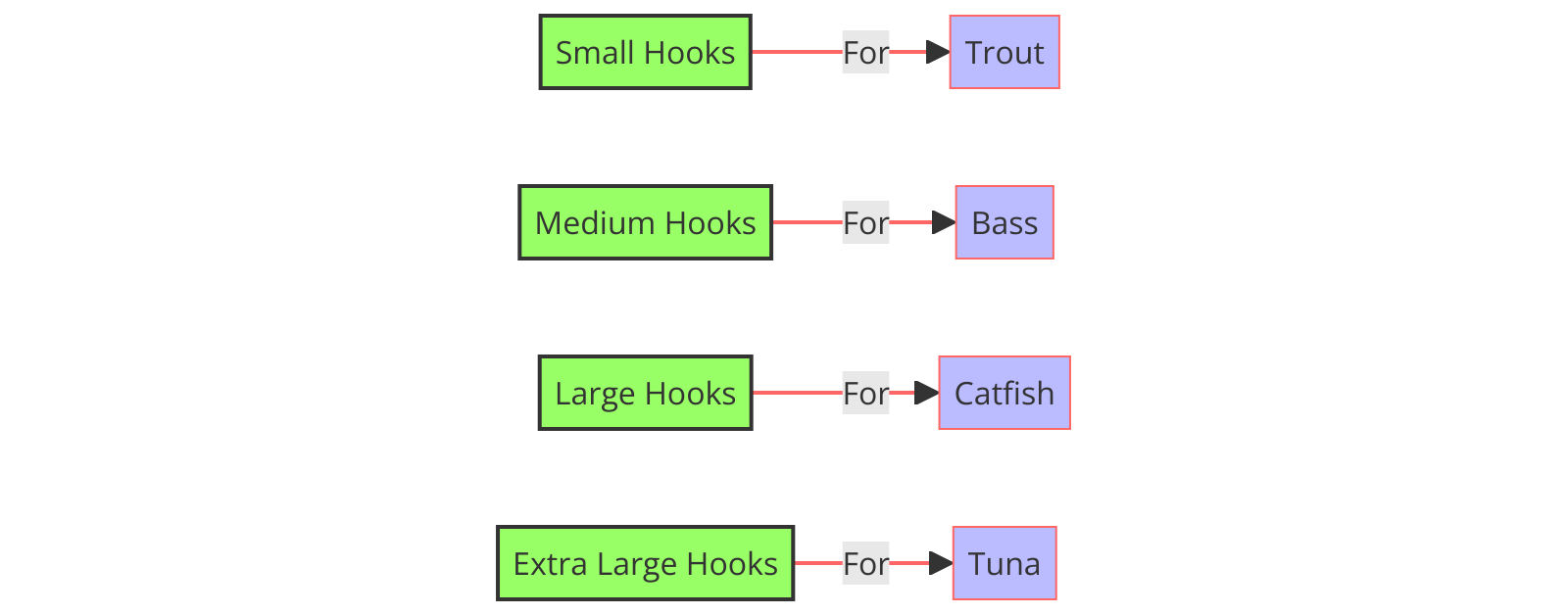
A variety of hooks in different sizes and types should be part of your kit, as different fish may require different hook sizes.
Additionally, bait is crucial for attracting fish.
| Bait Type | Availability | Best For Fish Species |
|---|---|---|
| Worms | All-year | Trout, bass, catfish, panfish |
| Minnows | All-year | Bass, walleye, pike, trout |
| Crickets | Spring to fall | Trout, bass, panfish, catfish |
| Grasshoppers | Summer | Trout, bass, panfish |
| Nightcrawlers | All-year | Bass, catfish, walleye, panfish |
| Shrimp | All-year | Redfish, trout, snapper, flounder |
| Crawfish | Spring to fall | Bass, catfish, pike, walleye |
| Mealworms | All-year | Trout, panfish, bass, bluegill |
| Corn | All-year | Carp, catfish, trout |
Stock up on a selection of natural bait options such as worms, insects, or small pieces of fish.
More Essential Gear: Nets, Line, Reels
Alongside hooks and bait, consider including a net in your survival fishing kit.
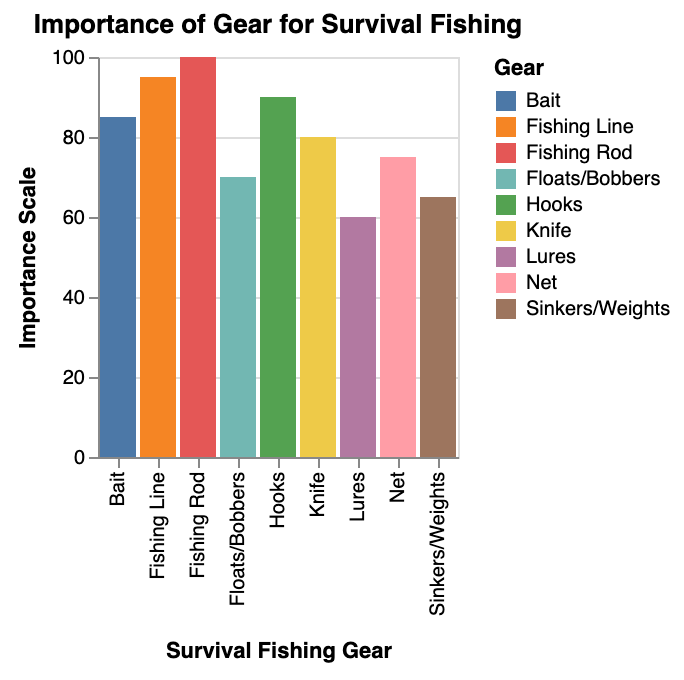
Nets can be used to catch larger quantities of fish efficiently, increasing your chances of survival.
A fishing line and reel are also indispensable tools for any survival fishing technique.
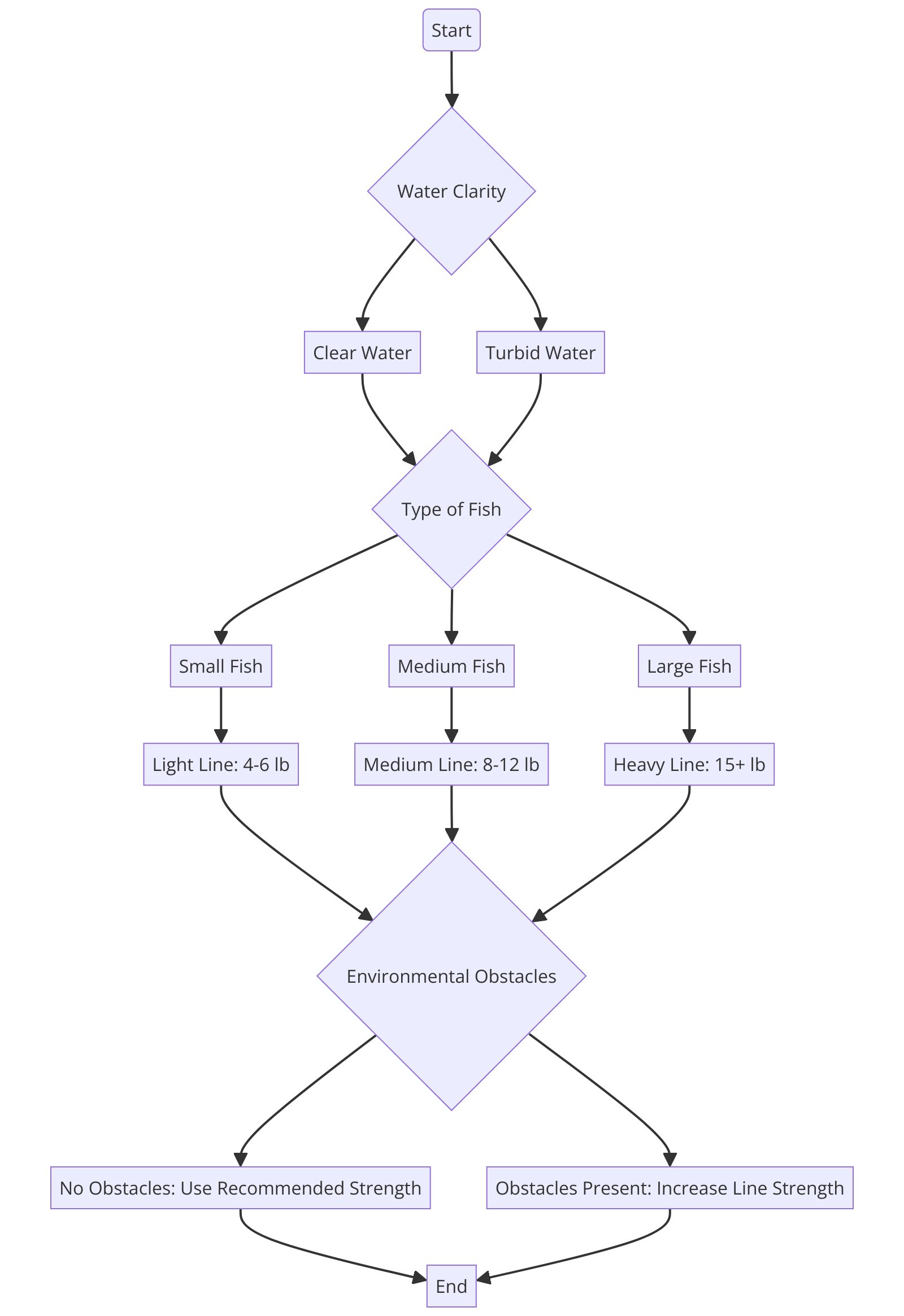
These items allow you to cast your line further and control the depth at which you fish, enhancing your chances of a successful catch.
Choosing the Right Fishing Gear for Survival
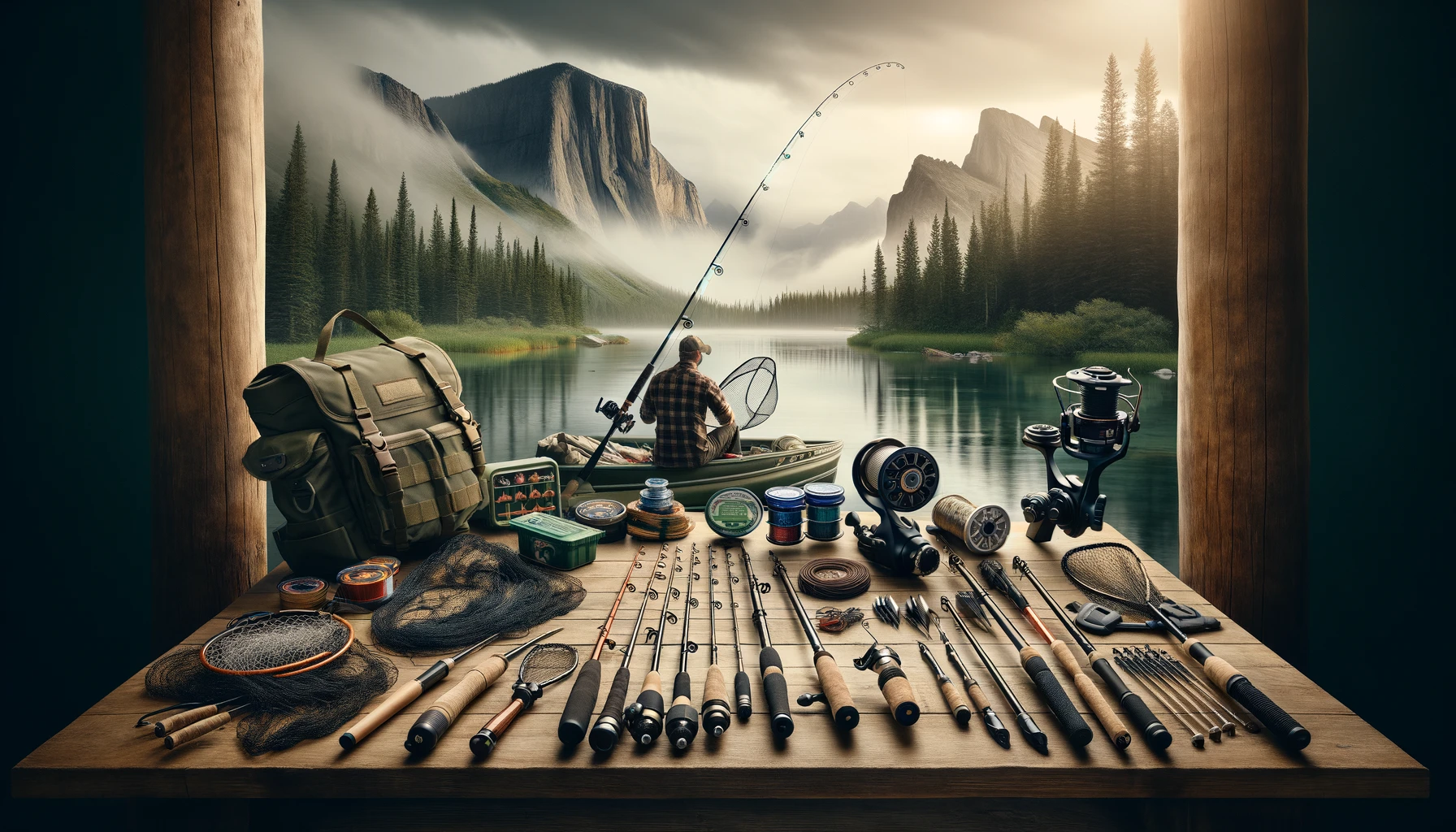
The Fishing Pole: Versatile and Essential
In a survival scenario, having the right fishing gear is crucial for obtaining food from the wilderness.
A fishing pole is a versatile tool that can be used with various fishing methods, making it an indispensable item.
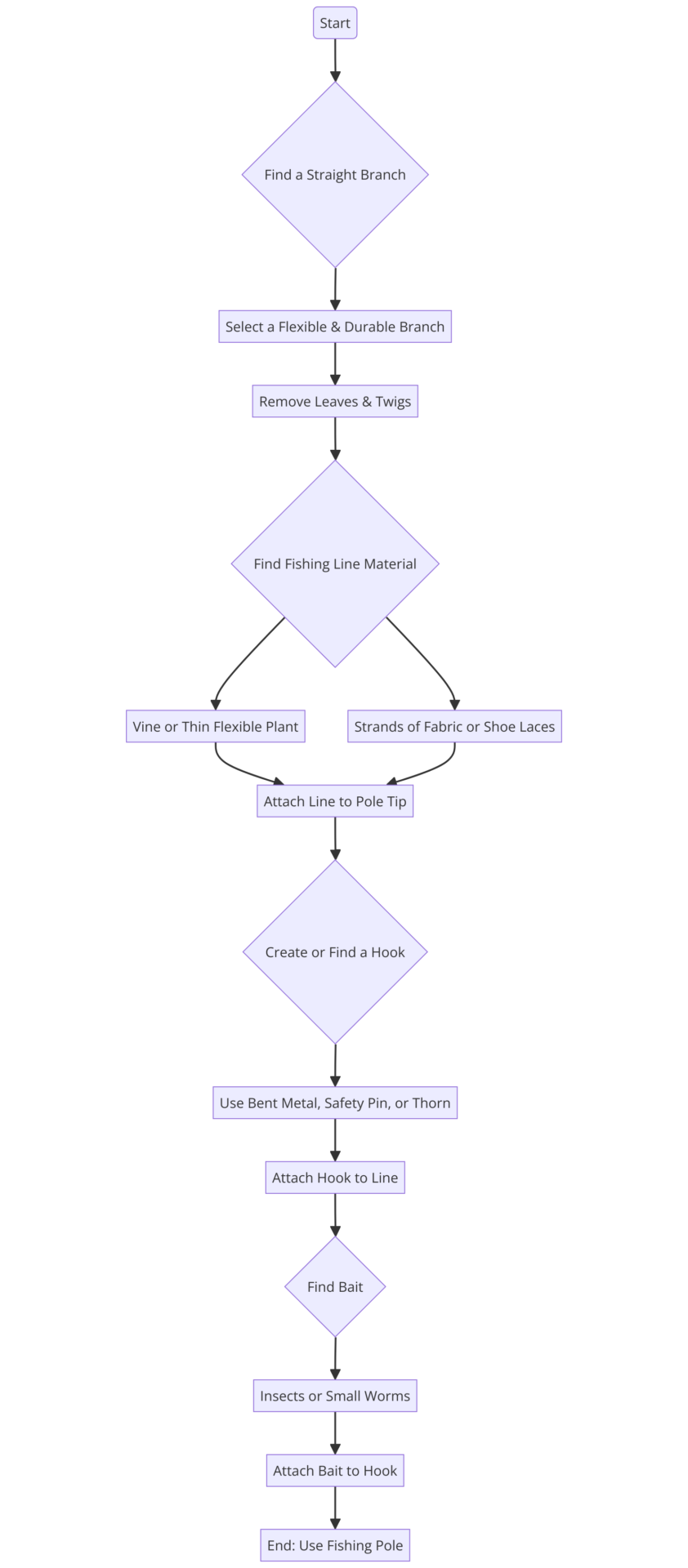
| Material | Durability | Weight | Ease of Use |
|---|---|---|---|
| Bamboo | Moderate | Light | Moderate |
| Fiberglass | High | Moderate | High |
| Carbon Fiber | High | Light | High |
| Wood | Low to Moderate | Moderate | Low to Moderate |
| Aluminum | High | Moderate | High |
Whether you find yourself near a body of water or stumble upon a creek in the wilderness, a fishing pole can help you catch fish for sustenance.
Gill Nets: Efficient and Reliable
When considering fishing gear for survival, it is essential to include gill nets in your arsenal of tools.
These nets are an efficient and reliable option for catching fish in a survival situation.
By using a gill net, you can capture multiple fish at once, increasing your chances of obtaining a substantial food source.
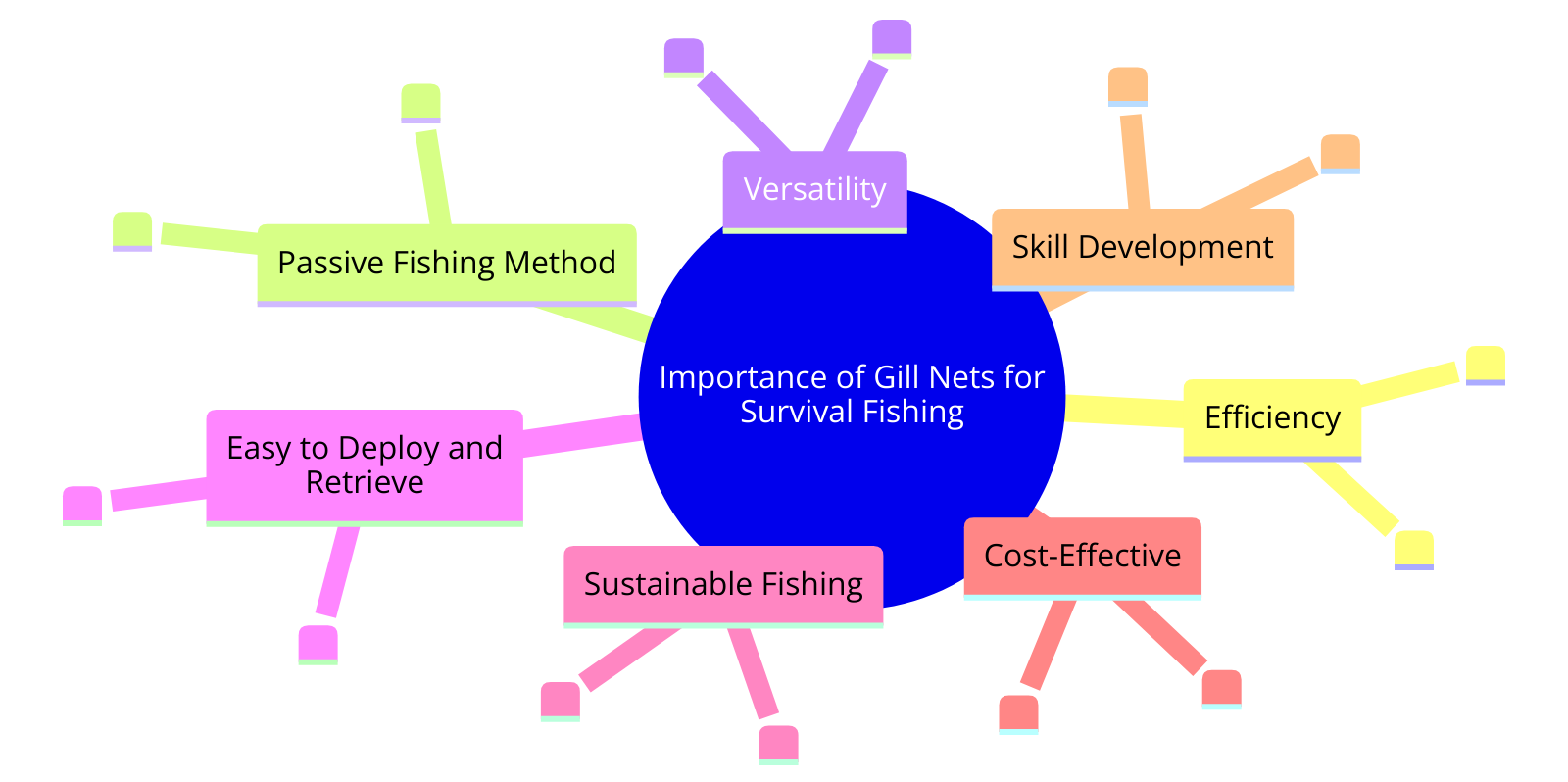
This effective trapping method does not require constant monitoring or active involvement, providing you with more time to focus on other critical aspects of wilderness survival.
Mastering the Art of Hand Fishing and Use of Gorge Hooks
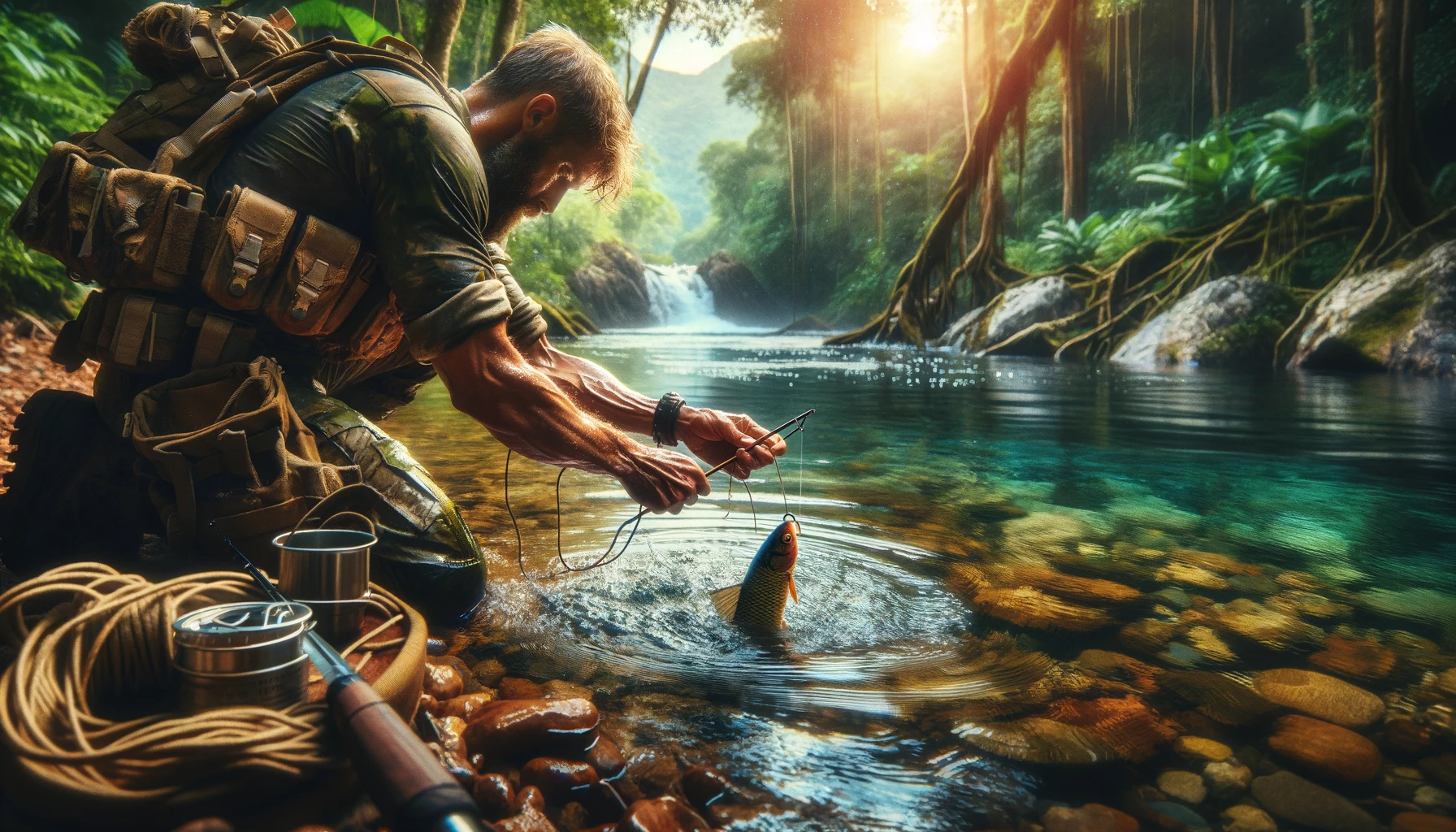
The Basics of Hand Fishing
Hand fishing, also known as noodling or grabbling, is a passive fishing method that requires minimal gear and relies on the fish’s instinctual behavior.
It is a survival fishing technique that allows you to catch fish without the need for traditional fishing tools.
To successfully hand fish, you must first know how to fish and understand the behavior of different fish species.
- Find a suitable location for hand fishing, such as a shallow bank or the base of a waterfall.
- Locate local fishing spots such as underwater caves, rocks, or submerged logs, where fish tend to hide.
- Slowly and cautiously, place your hand in the water, mimicking the movements of natural prey to attract fish.
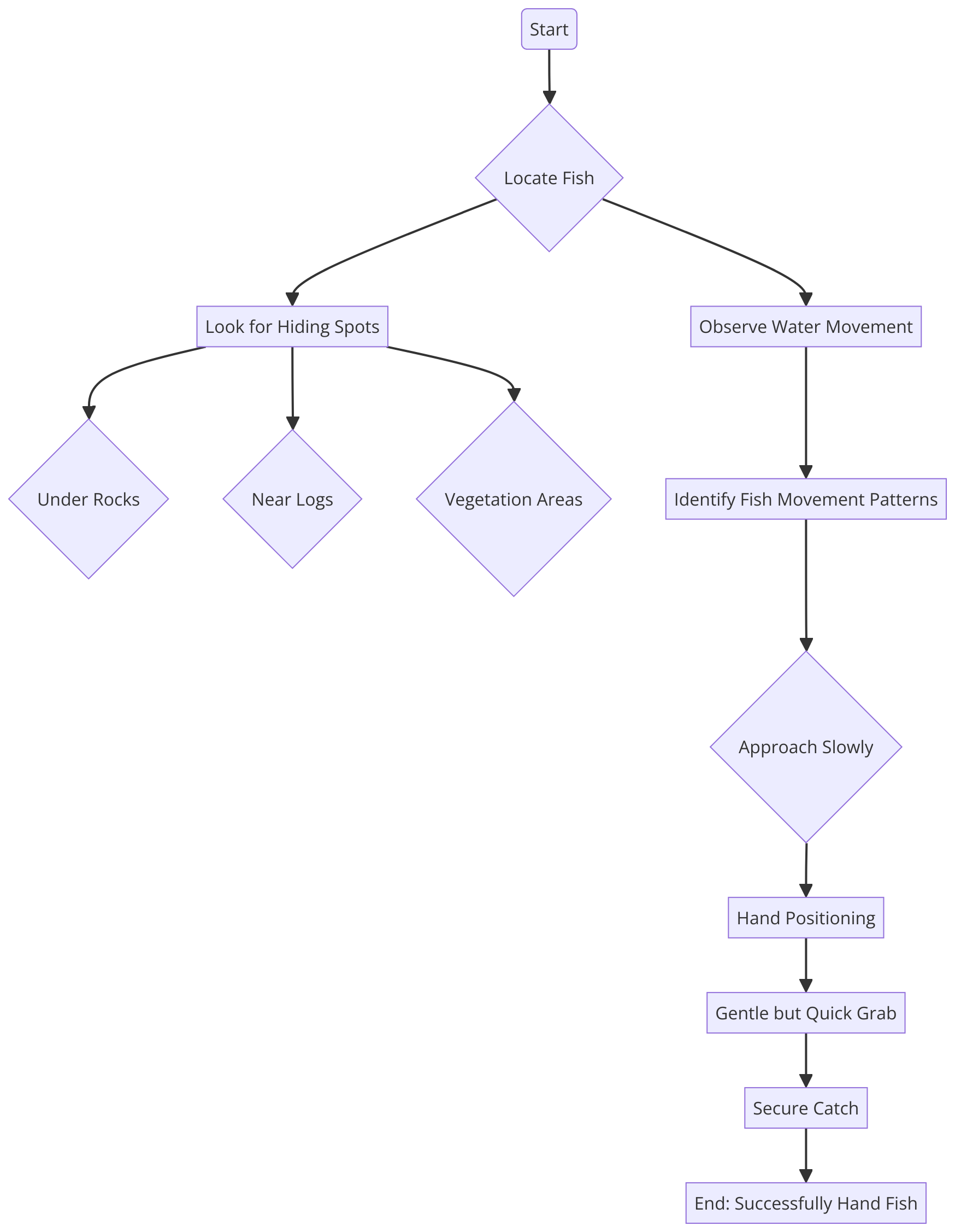
The Use of Gorge Hooks
Another effective technique for survival fishing is using gorge hooks, which are simple yet efficient tools for catching fish.
It allows you to fish without actively hooking the fish, which increases the chances of a successful catch.
- Choose the best survival fishing bait that will entice fish to bite, such as small insects, worms, or pieces of meat.
- Insert the gorge hook into the bait in a way that it remains hidden.
- Cast the baited gorge hook into the water and allow the fish to swallow it.
- Once the fish has taken the bait, fish alive until you’re ready to secure your catch.
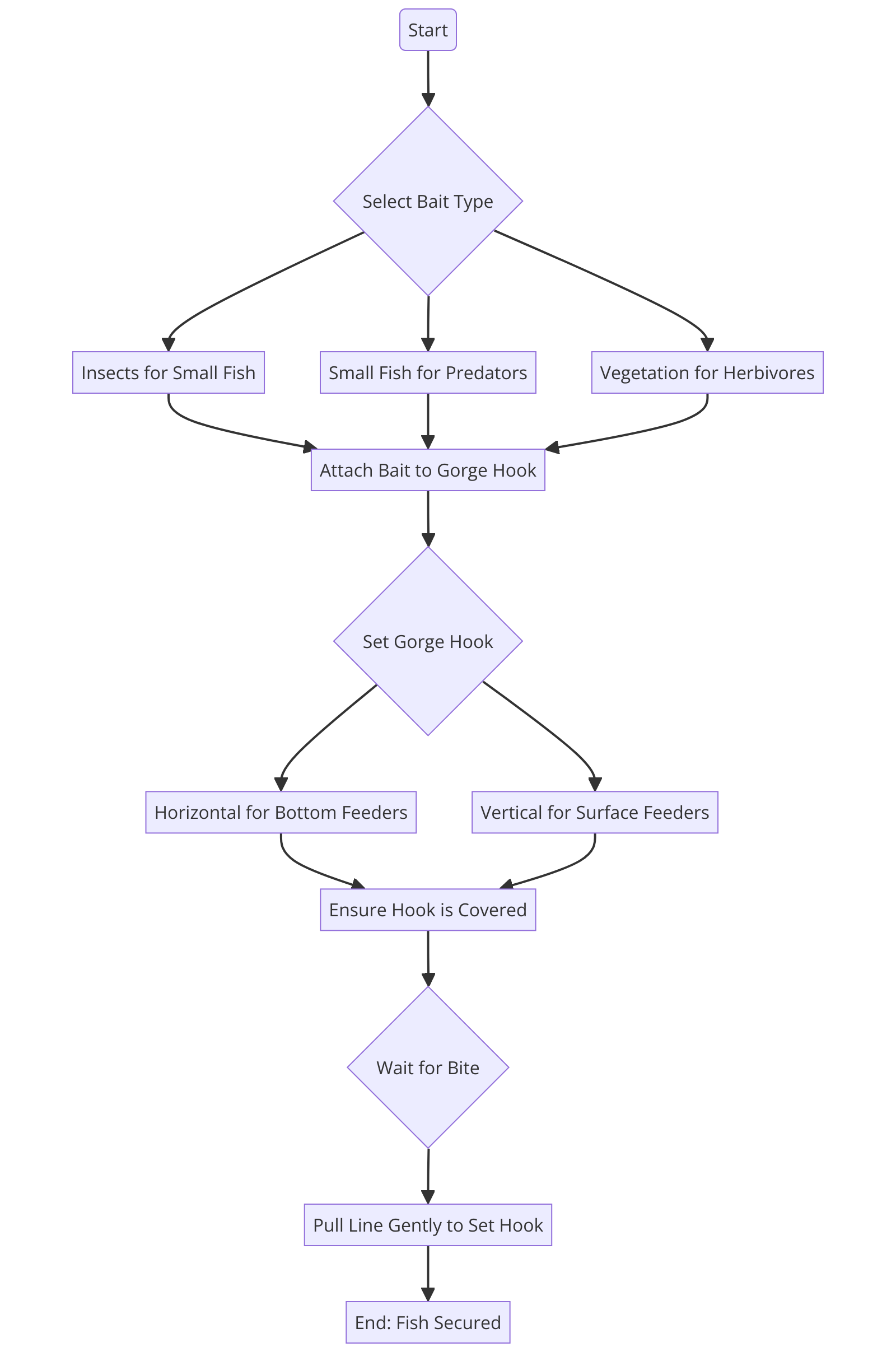
Below are types of bait best suited for gorge hooks:
| Bait Type | Fish Species | Success Rate |
|---|---|---|
| Earthworms | Trout, panfish | High |
| Insects | Bass, sunfish | Moderate to High |
| Minnows | Pike, perch | High |
| Crayfish | Bass, catfish | Moderate to High |
| Corn | Carp, catfish | Moderate |
| Bread | Carp, tilapia | Moderate |
| Cheese | Catfish, trout | Moderate |
Constructing Effective Fish Traps

One of the best ways to catch fish without having to constantly monitor your fishing gear is by constructing effective fish traps and gill nets.
These setups allow you to passively collect fish while you attend to other survival tasks.

Fish Traps:
To make a fishing trap, you can start by finding a suitable location with abundant fish and an easily accessible fishing spot.
Tie your fishing line across a narrow channel or between two trees, and attach bait and hooks along the line.
As fish swim by, they will grab the fish and get hooked.
Fishing Kit Essentials for Your Survival Kit
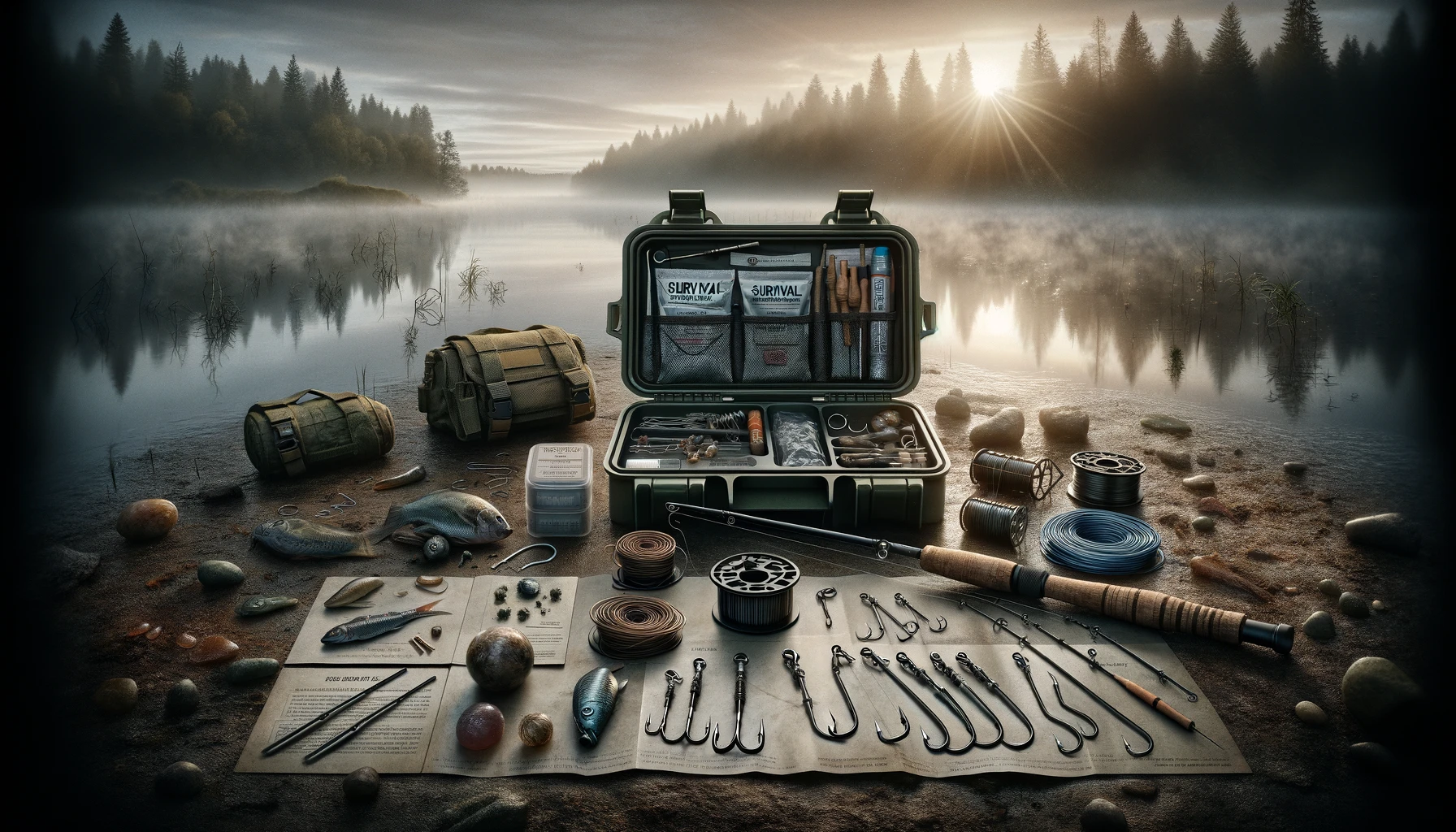
Survival fishing gear is an essential component of any well-prepared survival kit.
With the right tools and techniques, survival fishing can keep you fed for the long-term and significantly increase your chances of survival.
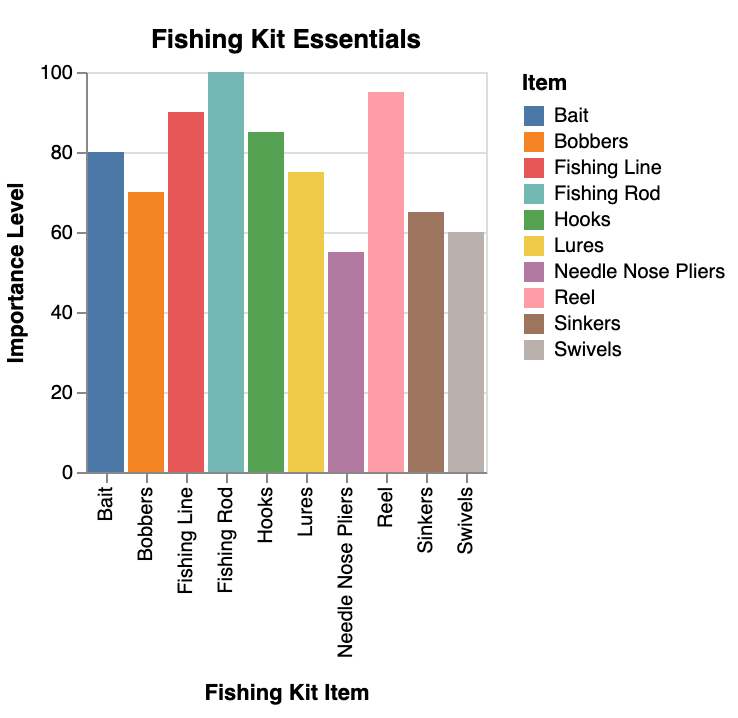
Fishing Rods:
One important item to include in your fishing kit is a fishing rod.
| Fishing Rod Type | Pros | Cons |
|---|---|---|
| Spinning Rod | Versatile, easy to use | Less accurate for long-distance casting |
| Baitcasting Rod | Greater casting accuracy | Steeper learning curve, prone to backlash |
| Fly Fishing Rod | Precise presentations, long casting | Requires specific skills, limited versatility, expensive |
| Telescopic Rod | Compact, portable | Less durable, limited power and casting distance |
| Ice Fishing Rod | Specifically for ice fishing | Limited versatility, not suitable for traditional fishing |
While a traditional fishing rod may not be practical to carry in a survival situation, you can make a survival or make a fishing rod using available materials in the wilderness.
Aim for a lightweight and durable design that can withstand the challenges of backcountry fishing.
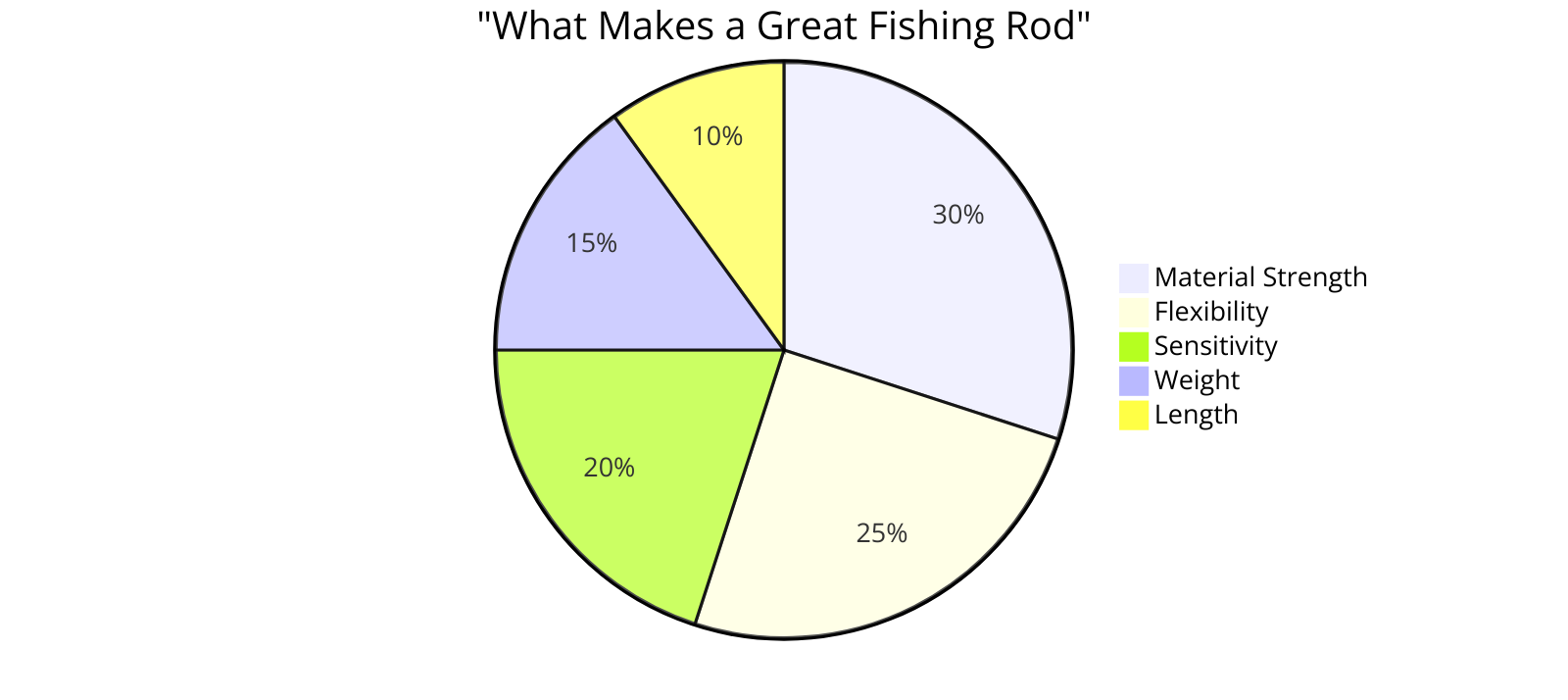
“In the hands of a skilled survivor, even the simplest fishing rod becomes a lifeline.”
Tom Richards, Outdoor Survival Expert
Passive Fishing Strategies: Maximizing Your Catch
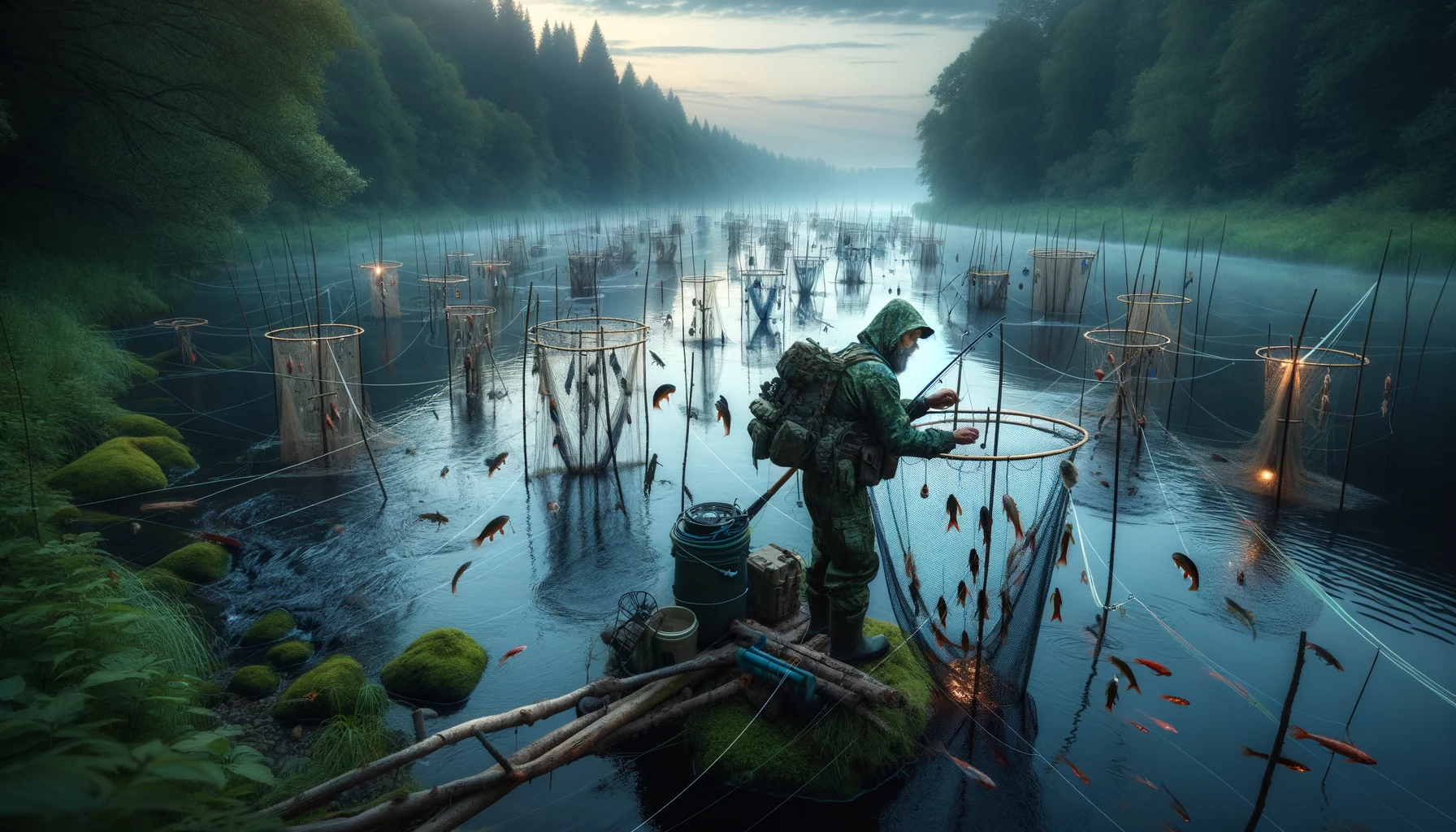
Passive Fishing Techniques:
Another must-have item for your survival fishing kit is a selection of passive fishing techniques.
This includes fish traps, gill nets, and jug fishing.
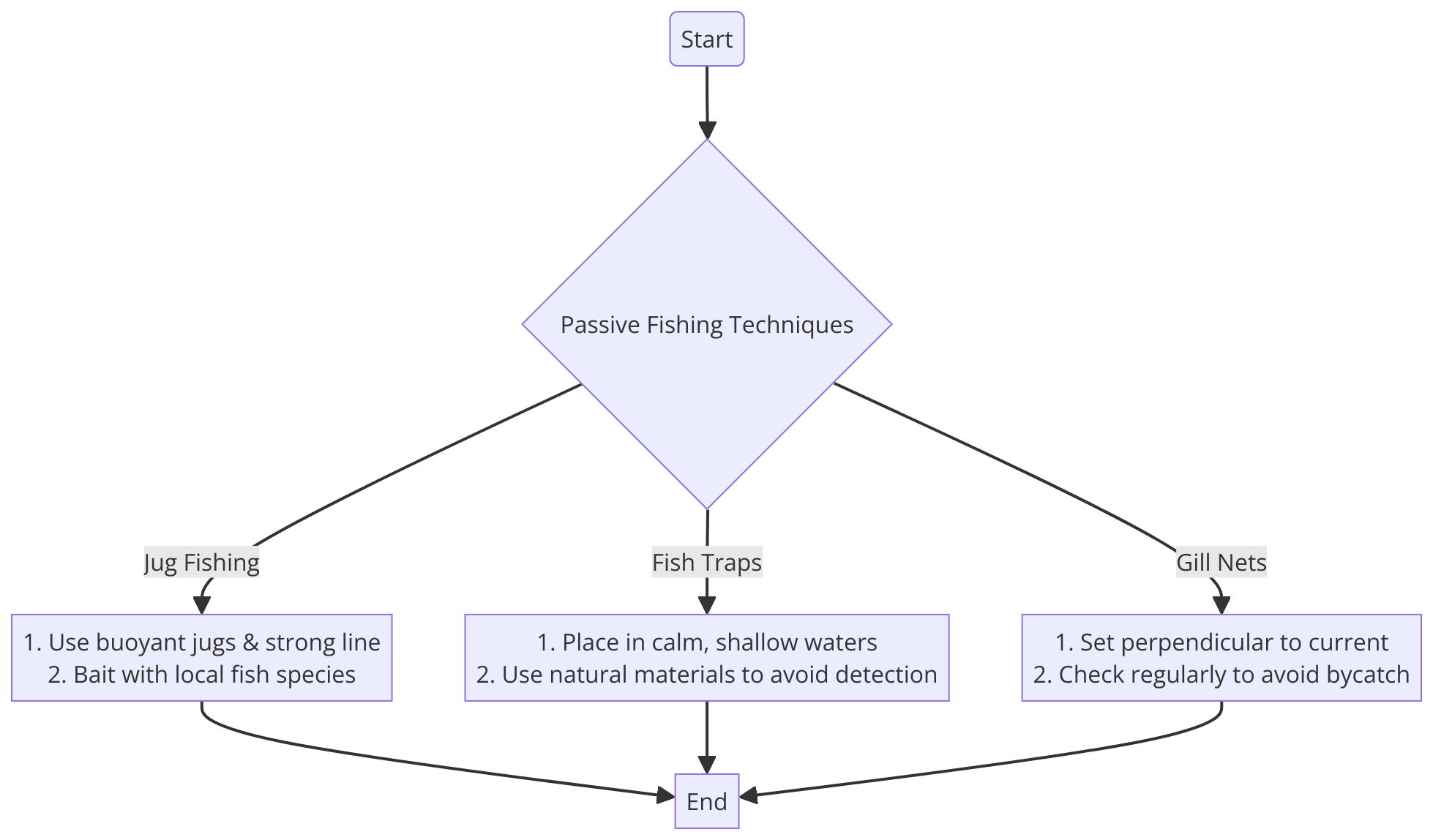
These methods require minimal effort on your part, allowing you to focus on other survival tasks while waiting for the fish to be caught.
| Fishing Technique | Time & Effort Required | Effectiveness & Potential Yield |
|---|---|---|
| Trotline | Low | High; Can catch multiple fish simultaneously |
| Fish Traps (crab pots, fyke) | Low; Initial setup, periodic | Moderate to High; Significant catches over time |
| Set Lines | Low | Moderate to High; Multiple catches over time |
| Fish Weirs | Moderate | Moderate; Effective for channeling fish into |
These passive fishing techniques can be a great way to catch multiple fish at once, maximizing your chances of a successful catch and keeping you well-fed during your survival journey.
Using Live Bait
One of the most effective passive fishing strategies to maximize your catch is by using live bait.
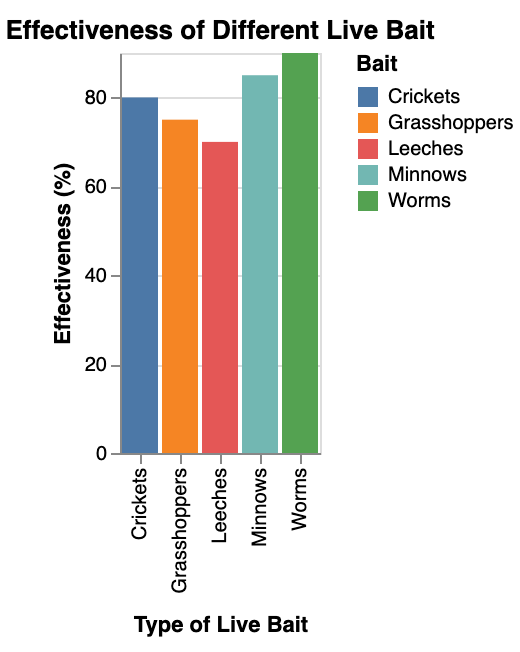
Different species of fish are attracted to different types of live bait, so it is important to understand the preferences of the fish you are targeting.
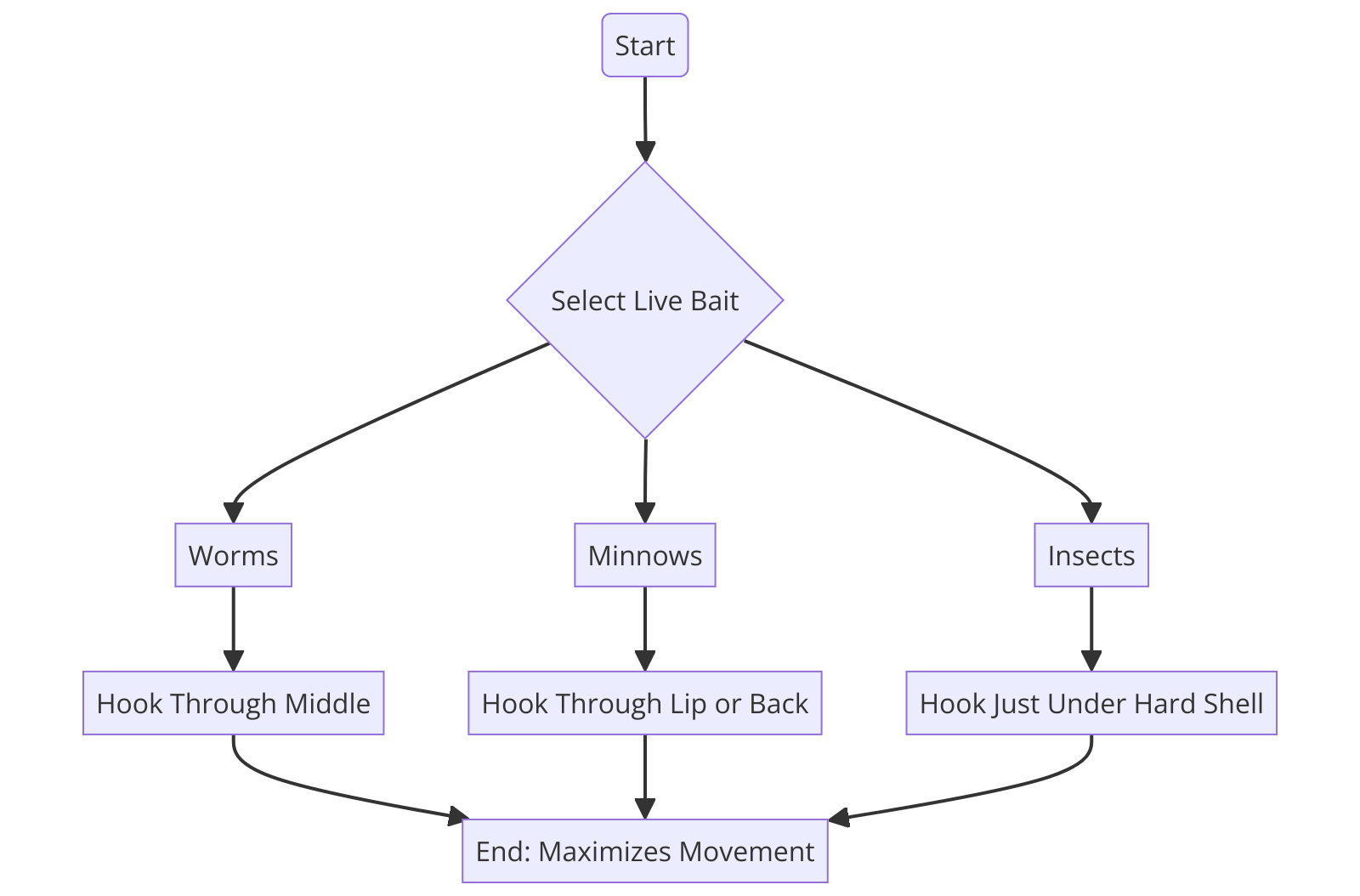
Small fish such as minnows or worms can be used to attract larger fish, as they are naturally drawn to movement. Secure your live bait to a hook, ensuring it is lively and enticing to the fish.
Preparing and Cooking Fish in the Wild

Preparing and Cooking Your Catch
After a successful fishing session, you’ll be ready to cook your fish in the wild.
Start by cleaning the fish, ensuring that all scales, fins, and internal organs are removed.
- If available, create a fire pit or use an existing campfire.
- Place rocks around the fire to serve as a cooking platform.
- Wrap the fish in foil or banana leaves, along with seasonings and herbs for added flavor.
This method will prevent the fish from falling apart and allow it to cook evenly.
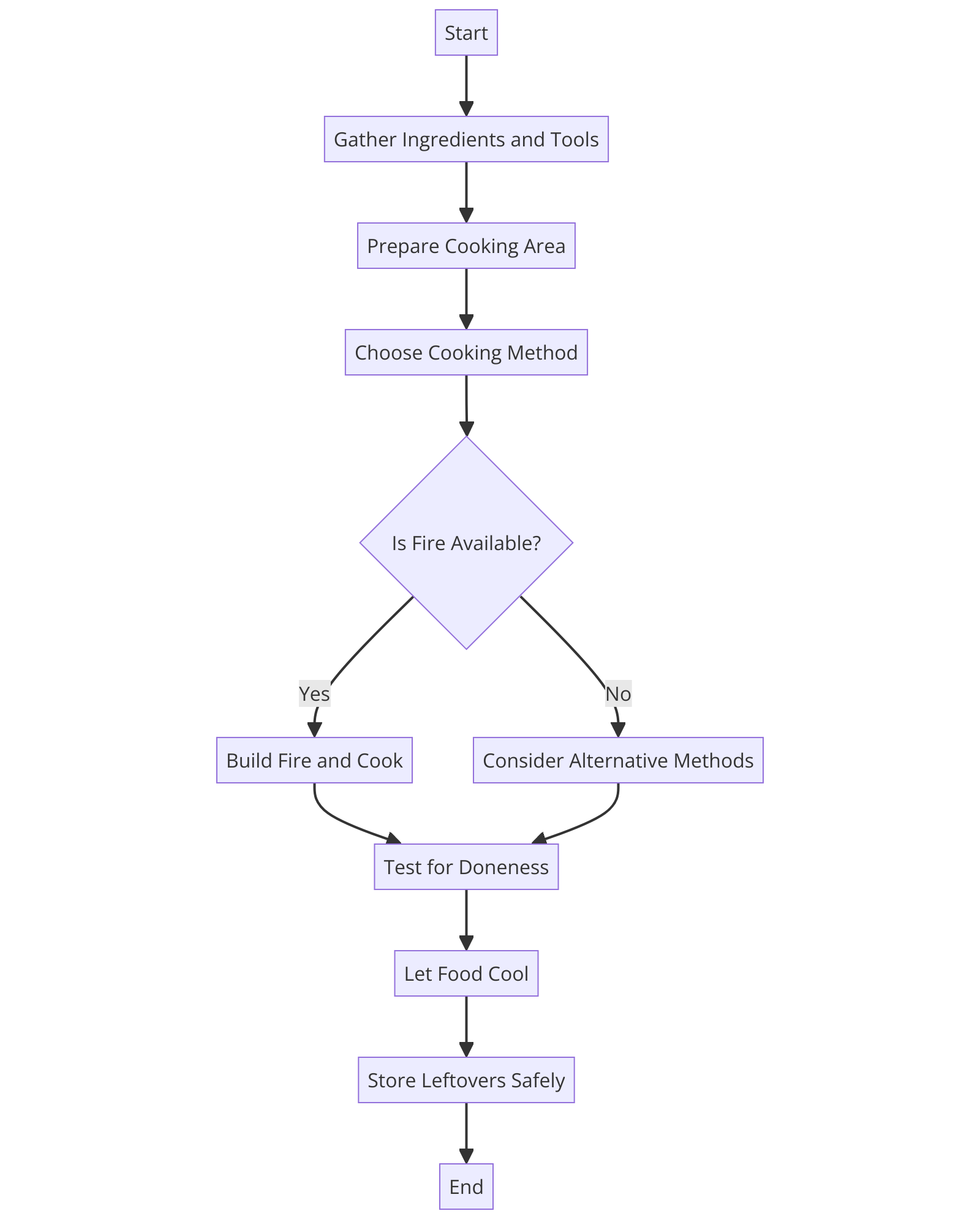
How to Make Sure It’s Cooked
Ensure the fish is thoroughly cooked by checking the flesh for opacity and flakiness.
| Fish Type | Cooking Method | Cooking Time | Cooking Temperature |
|---|---|---|---|
| Salmon | Grilling | 4-6 minutes/side | 145°F to 160°F |
| Smoking | 1-2 hours | 180-220°F | |
| Trout | Grilling | 4-5 minutes/side | 145°F to 160°F |
| Baking | 10-15 minutes | 375°F | |
| Mahi Mahi | Grilling | 4-5 minutes/side | 130-135°F (medium-rare) |
| Tuna | Grilling | 2-3 minutes/side | 125-140°F |
| Swordfish | Grilling | 4-5 minutes/side | 125-140°F |
| Snapper | Grilling | 4-6 minutes/side | 145°F |
| Catfish | Frying | 3-4 minutes/side | 350°F |
| Perch | Frying | 2-3 minutes/side | 350°F |
Once cooked, remove the fish from the heat source and allow it to cool slightly.
Carefully open the foil or remove the banana leaves, being cautious of the steam that may escape.
Serve the freshly cooked fish as a nutritious meal, using any available side ingredients or foraged vegetation to accompany your fish dish.
More Resources:
- Outdoor Life provides insights on a range of outdoor survival techniques, including fishing. Discover more at their homepage: Outdoor Life.
- Field & Stream offers a wealth of knowledge on fishing, hunting, and outdoor survival. Explore their content at Field & Stream.
- Prepping Survival is a comprehensive guide to survival and preparedness, including fishing survival techniques. Learn more at Prepping Survival.
- Tactical.com focuses on tactical and survival skills, with practical advice on fishing and other survival essentials. Find out more at Tactical.com.
- BattlBox discusses a variety of survival strategies, including fishing without conventional gear. Get more information at BattlBox.


